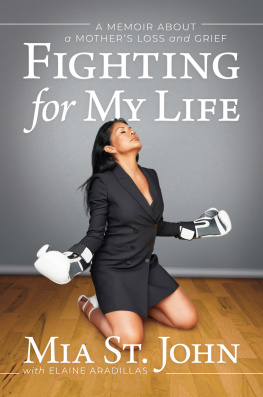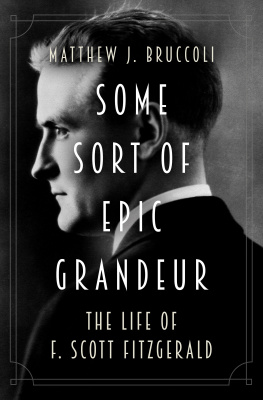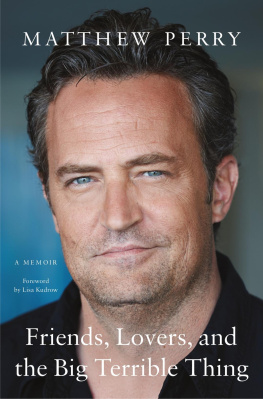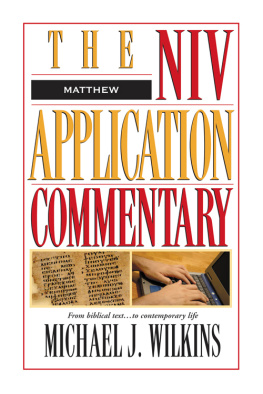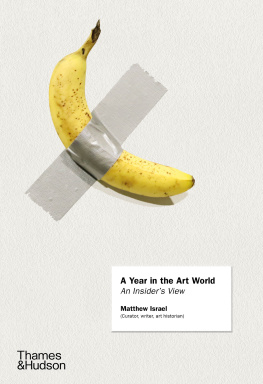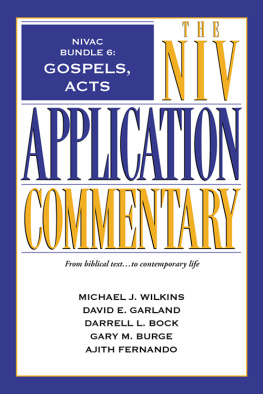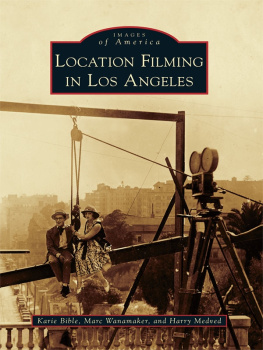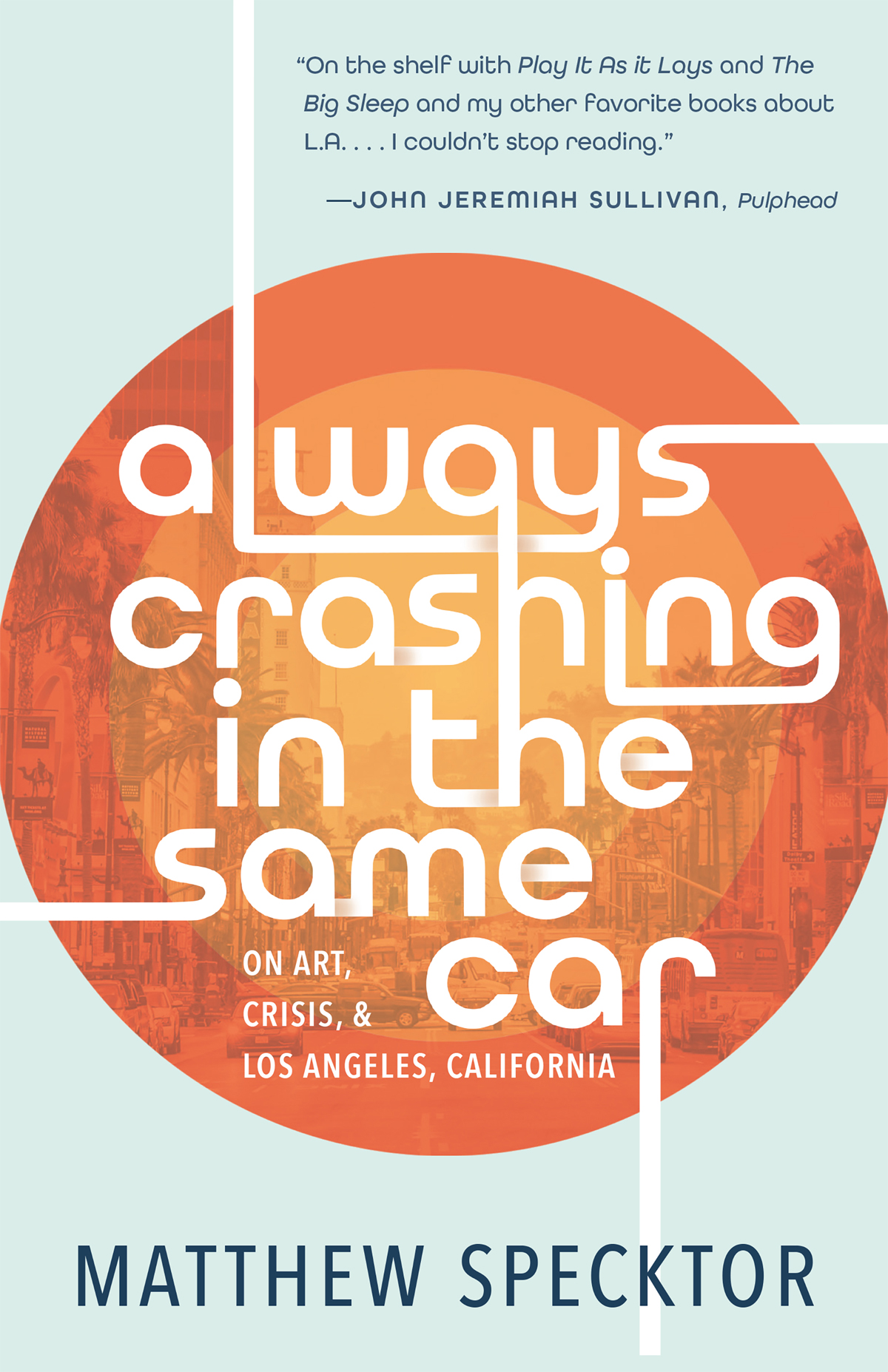Matthew Specktor - Always Crashing in the Same Car: On Art, Crisis, and Los Angeles, California
Here you can read online Matthew Specktor - Always Crashing in the Same Car: On Art, Crisis, and Los Angeles, California full text of the book (entire story) in english for free. Download pdf and epub, get meaning, cover and reviews about this ebook. year: 2021, publisher: Tin House Books, genre: Non-fiction. Description of the work, (preface) as well as reviews are available. Best literature library LitArk.com created for fans of good reading and offers a wide selection of genres:
Romance novel
Science fiction
Adventure
Detective
Science
History
Home and family
Prose
Art
Politics
Computer
Non-fiction
Religion
Business
Children
Humor
Choose a favorite category and find really read worthwhile books. Enjoy immersion in the world of imagination, feel the emotions of the characters or learn something new for yourself, make an fascinating discovery.

- Book:Always Crashing in the Same Car: On Art, Crisis, and Los Angeles, California
- Author:
- Publisher:Tin House Books
- Genre:
- Year:2021
- Rating:3 / 5
- Favourites:Add to favourites
- Your mark:
Always Crashing in the Same Car: On Art, Crisis, and Los Angeles, California: summary, description and annotation
We offer to read an annotation, description, summary or preface (depends on what the author of the book "Always Crashing in the Same Car: On Art, Crisis, and Los Angeles, California" wrote himself). If you haven't found the necessary information about the book — write in the comments, we will try to find it.
A Best Book of the Year at The Atlantic
Los Angeles Times Bestseller
[An] absorbing and revealing book. . . . nestling in the fruitful terrain between memoir and criticism. Geoff Dyer, author of Out of Sheer Rage
Blending memoir and cultural criticism, Matthew Specktor explores family legacy, the lives of artists, and a city that embodies both dreams and disillusionment.
In 2006, Matthew Specktor moved into a crumbling Los Angeles apartment opposite the one in which F. Scott Fitzgerald spent the last moments of his life. Fitz had been Specktors first literary idol, someone whose own passage through Hollywood had, allegedly, broken him. Freshly divorced, professionally flailing, and reeling from his mothers cancer diagnosis, Specktor was feeling unmoored. But rather than giving in or cracking up, he embarked on an obsessive journey to make sense of the mythologies of success and failure that haunt the artists life and the American imagination.
Part memoir, part cultural history, part portrait of place, Always Crashing in the Same Car explores Hollywood through a certain kind of collapse. Its a vibrant and intimate inspection of failure told through the lives of iconic, if under-sung, artistsCarole Eastman, Eleanor Perry, Warren Zevon, Tuesday Weld, and Hal Ashby, among othersand the authors own family history. Through this constellation of Hollywood figures, he unearths a fascinating alternate history of the city that raised him and explores the ways in which curtailed ambition, insufficiency, and loss shape all our lives.
At once deeply personal and broadly erudite, it is a story of an art form (the movies), a city (Los Angeles), and one persons attempt to create meaning out of both. Above all, Specktor creates a moving search for optimism alongside the inevitability of failure and reveals the still-resonant power of art to help us navigate the beautiful ruins that await us all.
Matthew Specktor: author's other books
Who wrote Always Crashing in the Same Car: On Art, Crisis, and Los Angeles, California? Find out the surname, the name of the author of the book and a list of all author's works by series.

